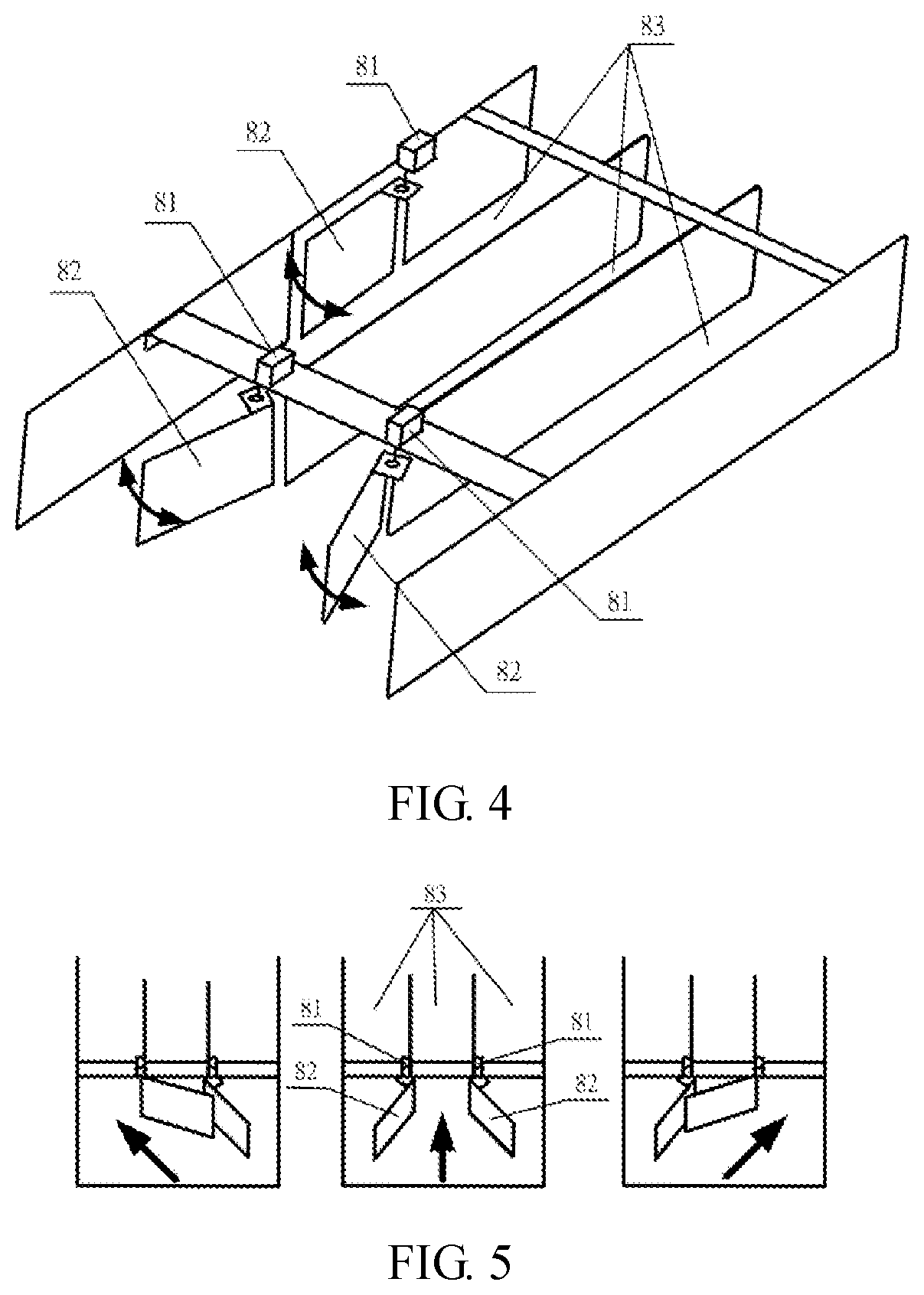Recycling system and method based on deep-learning and computer vision technology
a recycling system and deep learning technology, applied in the field of recycling, can solve the problems of wasting a lot of time and difficulty in massive implementation, and achieve the effects of reducing overlap situations, and improving the identification accuracy of trash objects
- Summary
- Abstract
- Description
- Claims
- Application Information
AI Technical Summary
Benefits of technology
Problems solved by technology
Method used
Image
Examples
Embodiment Construction
[0025]The advantages, features and technical methods of this invention will be described in detail in order to be understood easier. Moreover, the present invention may be realized in different form and should not be limited to the embodiments described here. On the contrary, the provided embodiments make the disclosure more clear and define the scope of this invention entirely and completely. Further, the present invention is only defined according to the attached claims.
[0026]Refer to FIG. 1, which illustrates a trash sorting device 100 according to an embodiment of the present disclosure. The trash sorting device 100 includes the movable base 1, the trash transfer mechanism 2, the trash arraying mechanism 3, the first trash detector 41, the second trash detector 42, the third trash detector 5, the identification unit 660, the trash sorting mechanism 8, the trash storage bin 9, and the controller 600 (referring to FIG. 6), wherein the controller 600 may be, for example, an embedde...
PUM
 Login to View More
Login to View More Abstract
Description
Claims
Application Information
 Login to View More
Login to View More - R&D
- Intellectual Property
- Life Sciences
- Materials
- Tech Scout
- Unparalleled Data Quality
- Higher Quality Content
- 60% Fewer Hallucinations
Browse by: Latest US Patents, China's latest patents, Technical Efficacy Thesaurus, Application Domain, Technology Topic, Popular Technical Reports.
© 2025 PatSnap. All rights reserved.Legal|Privacy policy|Modern Slavery Act Transparency Statement|Sitemap|About US| Contact US: help@patsnap.com



